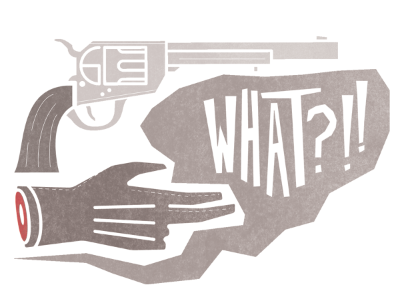Behavioral triggers of monetization
21 Jul 2014Monetization was always one of my weakest spots. How many times have I made a game good enough to gain user traction but that was lacking this critical component. And how often it led to a devastating results. So I decided to take time and reflect on this topic, starting from behavioral mechanisms to structural elements and specific realizations. And instead of speculating in the abstract, I want to discuss only the cases proven by me or one of my friends (and by that I mean that one of us paid real money in a specific case). The aim is to bruteforce the problem and to go through some interesting and important cases in order to find the psychological foundation for player spends.
This post is dedicated to the lowest and most important level of the monetization mechanisms: behavioral triggers. Things on the bottom of our mind, telling us “push bank button” and “confirm the purchase”. So here are the triggers I came up with.
1. Expansion
Of lands, map pieces, available building slots and everything else. Some examples are map expansion in Boom Beach and purchasable plots in Township. Expansion is a very natural desire, as it comes with new opportunities and mechanics, and can be tied to a big element of surprise. The main trigger here is actually the feeling of tightness and limitation the game creates, forcing the player to expand by preventing some gameplay mechanics from being executed before expansion.
2. Accumulation
Of resources, currencies, artifacts, elements and so on. Triggers here work as artificial frictions, imposing a limitation on storage that restricts how much a player can accumulate. This limitation can be lifted by purchasing extra storage. Barn expansion in Hay Day is a good example, as is upgrading the gold and resource keeps in Clash of Clans. Creating a deficiency of the resources needed to upgrade storage is a really powerful money-sink. At first glance, expansion and accumulation look somewhat similar. However, there are few major differences. Accumulated resources are abstract, and therefore could be taken back in an aggressive manner, creating a protection trigger.
3. Protection
As an unwillingness to lose resources or rollback to the previous state. Normally protection is associated with PvP mechanics, but in my opinion this is just a way to justify the loss. I can easily imagine a PvE game with some aggressive environment that keeps bugging the player, throwing him back once in a while. Two important things here: First, it’s necessary to give the player an option to push back through revenge and recouping losses. Second, the player should be able to protect their belongings by building powerful defensive forces (as in Boom Beach), turning on shields (as in Clash of Clans), with help from friends or by any other means.
4. Domination
Speaking of revenge, there’s no sweeter feeling than destroying an enemy who’s attacked you before. I think it’s a mix of domination and a sense of justice that leads to such a positive experience. And I really believe that this true for both genders. It’s just a matter of how exactly the player will dominate. Men usually do it with brute force, face to face. Women usually do it through social means that involve a third party as a judge. Any good PvP game could be used as an example of how this works for male players, while any good farming/building game with a social validation mechanism can show how female players experience domination through competition.
5. Progression
Impatience is created as a discrepancy between the player’s perception of the ideal game pace and real game progress. A good example of this is how timers of all sorts are amplified by exceeding resources. Ideally, this trigger should occur in a situation where a player has progressed too far in some ways and needs to catch up in others. Energy is another method, but sometimes it can be seen as a total block, kicking the player out of the game. Energy is mostly used to unlock more gameplay sessions or actions and timers work for items and resources. Playing with difficulty as in Candy Crash Saga is a good indirect way. Another good way is to create some deficit such as when collecting rare resources is necessary to start some process or craft something (e.g. get 4 hammers to start the building process).
Top grossing games such as Boom Beach, Game of War and Candy Crash Saga employ all five of these triggers. Casual games often lack the protection/domination pair at all and there’s lots of potential to implement soft versions of these mechanisms. Candy Crash Saga is a good example of doing exactly that. The game gives you a way to dominate your friends with the visual representation of your progress on the map. And it constantly throws you back to the beginning of the level urging you to buy some powerups as a sort of protection.

